Rubber Foam Board Fire Resistance Guide
2025-09-17 17:15:27
Fire Resistance of Rubber Foam Board
In today’s construction industry, safety and performance are inseparable. Among modern insulation materials, Rubber Foam Board has emerged as a versatile solution that combines heat insulation, sound absorption, and fire safety in one product.
What makes it even more attractive is the fact that many builders now prefer sourcing directly from a China factory or supplier offering bulk supply, ensuring both affordability and steady availability for large projects.
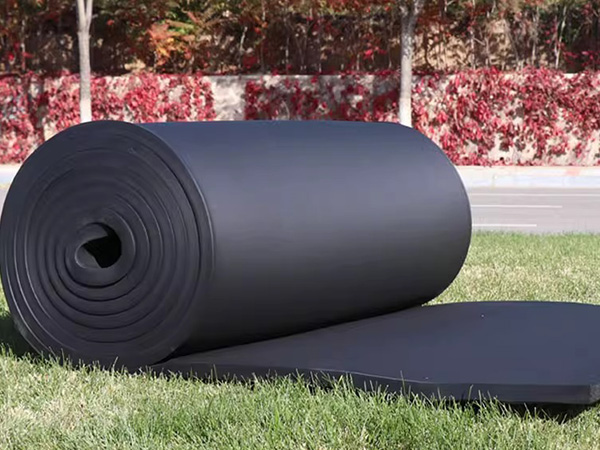
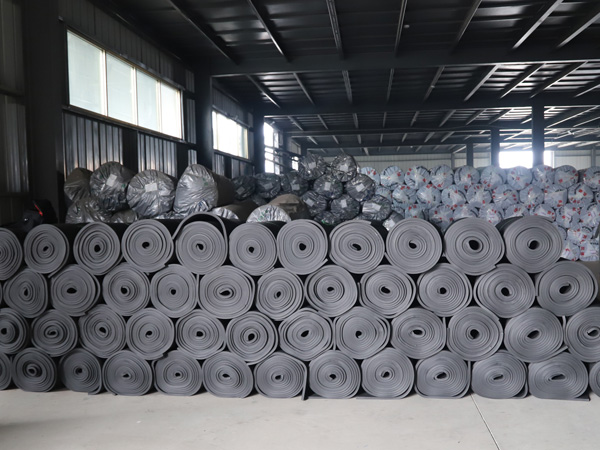
Understanding Rubber Foam Board
So, what exactly is Rubber Foam Board? It’s a closed-cell elastomeric product created for insulation purposes. Compared with conventional insulation types, it is:
·Lightweight yet durable.
·Resistant to moisture and microbial growth.
·Naturally fire-retardant due to its dense, closed-cell structure.
·Easy to cut, handle, and install.
Thanks to these properties, rubber foam finds extensive use in HVAC ducts, pipe systems, and wall insulation panels across commercial, residential, and industrial facilities.
Why Fire Resistance Is Essential
One of the main reasons rubber foam boards are chosen is their fire protection qualities. Fire safety is not just a code requirement; it is a life-saving feature.
Key fire-resistance advantages include:
1.Controlled Flame Spread – The material limits ignition and slows down fire development.
2.Lower Smoke Output – Produces less toxic smoke compared to many plastic-based insulation options.
3.Thermal Stability – Maintains insulation efficiency even during high heat exposure.
4.Regulatory Compliance – Meets standards such as ASTM, ISO, and EN for flame retardancy.
These features together make rubber foam a safe and reliable option for projects where fire resistance cannot be compromised.
Core Fire Resistance Features of Rubber Foam
·Closed-Cell Foam Matrix: This design restricts oxygen movement, reducing combustibility.
·Self-Extinguishing Behavior: Flames usually die out when the external fire source is removed.
·No Melting or Dripping: Unlike certain polymer insulations, rubber foam doesn’t melt and drip, which helps contain fire hazards.
·International Certifications: Tested under recognized global fire-safety frameworks.
Practical Applications in Construction
·Rubber Foam Board can be applied in numerous fire-sensitive settings, including:
·Air Conditioning Ducts – Keeps air circulation energy-efficient while reducing fire risks.
·Plumbing and Piping – Protects both hot and cold pipes while resisting combustion.
·Walls, Roofs, and Ceilings – Adds insulation and flame protection to building envelopes.
·Factories and Machinery Rooms – Delivers fire safety in high-risk environments.
Its multifunctional role is the reason it has become a standard material for large building contractors.
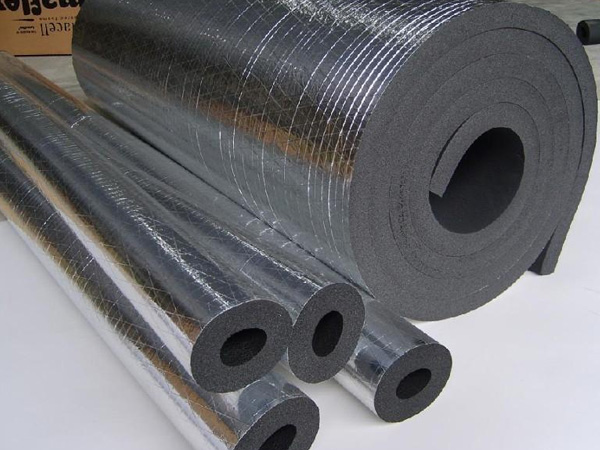
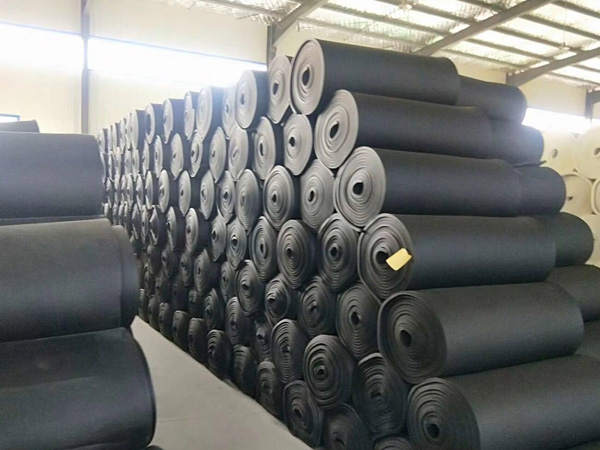
Beyond Fire Protection
While its fire safety credentials are remarkable, Rubber Foam Board offers other critical benefits:
·Energy Conservation – Reduces heat loss and saves on HVAC operating costs.
·Acoustic Performance – Dampens noise transmission for more comfortable interiors.
·Moisture and Mold Resistance – Prevents condensation issues common in humid environments.
·Long Service Life – Remains effective under harsh outdoor and indoor conditions.
·Economic Advantage – Especially when ordered in bulk from a China supplier or factory, it provides a cost-effective insulation option.
Why Many Choose China Suppliers
China has positioned itself as a global leader in Rubber Foam Board manufacturing, offering:
·Competitive Bulk Pricing – Essential for developers handling large projects.
·High Output Capacity – Ensures reliable fulfillment of big orders.
·Compliance with Global Standards – Most Chinese factories adhere to strict fire-resistance and insulation codes.
·Direct Supply Chains – Working with a China factory eliminates intermediaries, guaranteeing consistent quality.
For construction professionals, this means predictable costs, dependable logistics, and products that meet safety requirements.
Final Thoughts
The Rubber Foam Board is more than just a thermal insulator. It is a fire-resistant material that plays a critical role in protecting lives and properties while also enhancing energy efficiency. Its flame-retardant properties, combined with durability and compliance with international standards, make it an indispensable material in modern construction.
For those managing large-scale projects, partnering with a China supplier or factory offering bulk supply ensures both safety and affordability. By integrating rubber foam into your designs, you’re investing not just in insulation, but in long-term building security.
References
GB/T 7714:Lim O K, You W J. Evaluating the fire risk of pipe insulation depending on installation conditions[J]. Case Studies in Thermal Engineering, 2020, 21: 100673.
MLA:Lim, Ohk Kun, and Woo Jun You. "Evaluating the fire risk of pipe insulation depending on installation conditions." Case Studies in Thermal Engineering 21 (2020): 100673.
APA:Lim, O. K., & You, W. J. (2020). Evaluating the fire risk of pipe insulation depending on installation conditions. Case Studies in Thermal Engineering, 21, 100673.
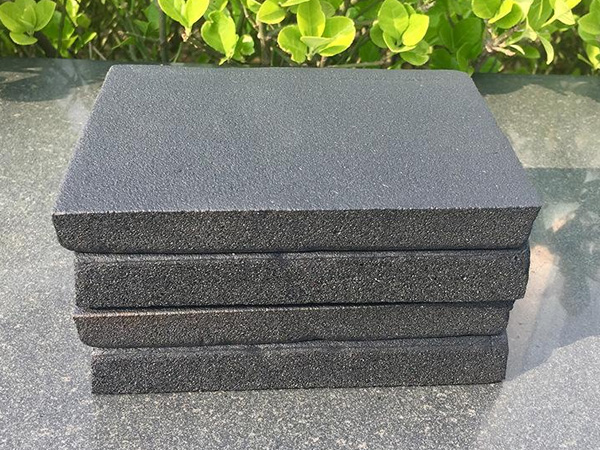
OurFlame Retardant Rubber Foamis a premium closed-cell elastomeric insulation material engi...
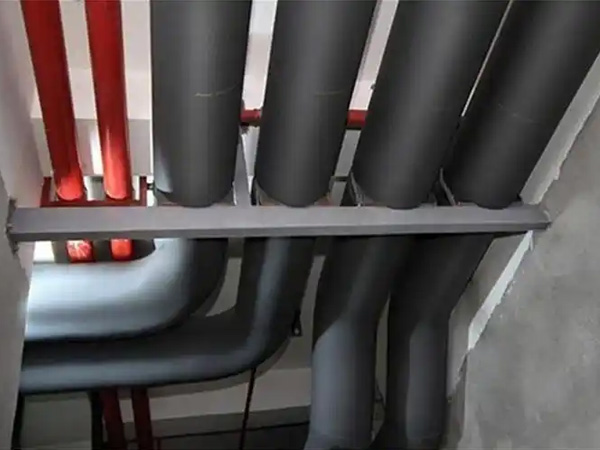
OurRubber Pipe Insulationis a high-performance solution designed specifically for HVAC pipi...
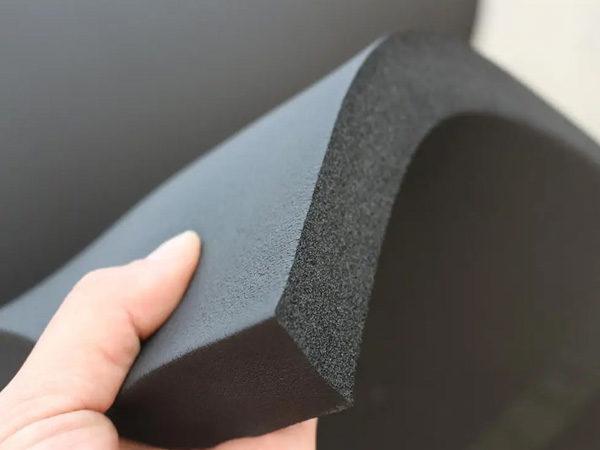
Rubber Foam Insulation Sheet – Product Introduction Premium Flexible Insulation for Therm...

Specially engineered for refrigeration applications, ourElastomeric Rubber Insulationprovid...



